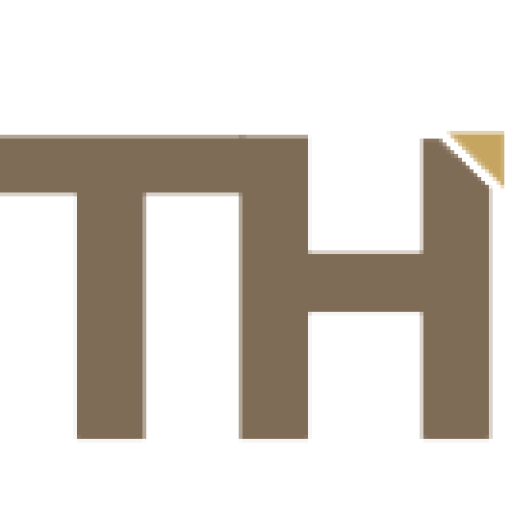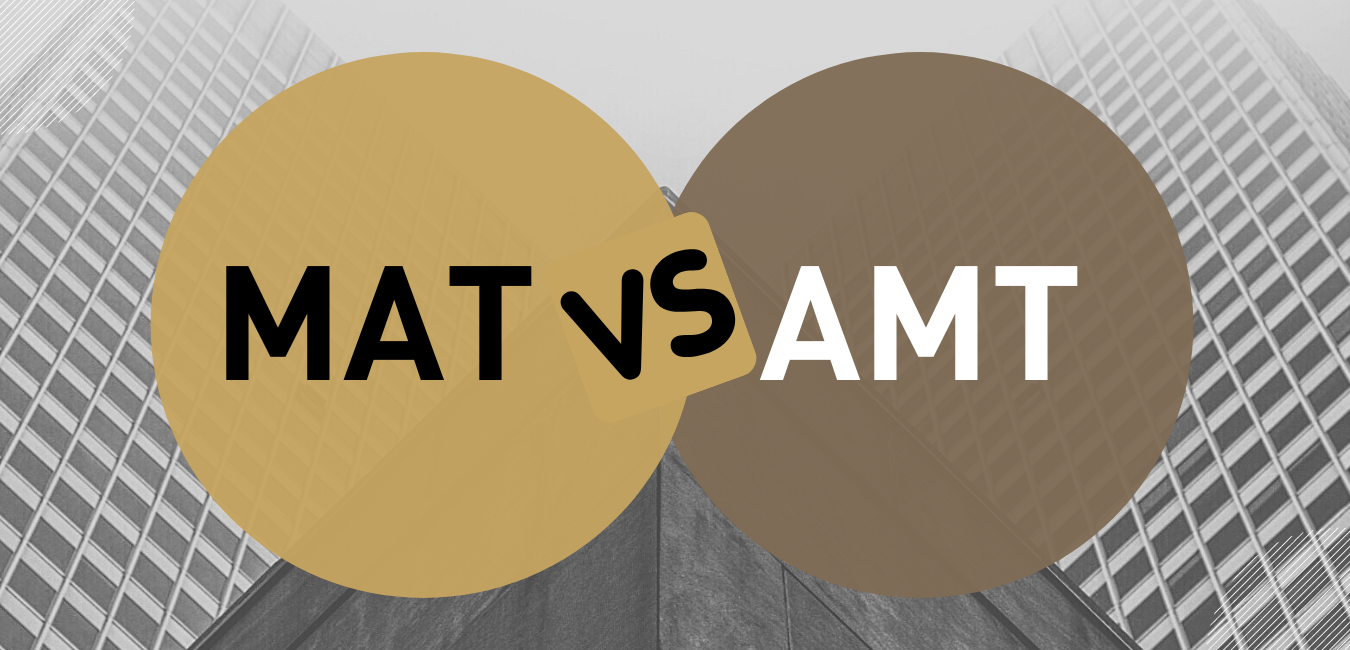Minimum Alternate Tax and Alternative Minimum Tax are taxation concepts applicable to every taxpayer. Initially, this tax concept was introduced for companies in section 115JB of Income Tax Act, 1961 and later AMT was introduced under section 115JC which is relevant for all taxpayers other than companies.
Why MAT and AMT were introduced?
It may happen that even though the taxpayer may have generated income during the year but, after having the benefits of different exemptions, deductions, depreciation, etc. it may have reduced its tax liability or may not have paid tax. MAT and AMT were introduced to put an end to this practice.
Computation of MAT
Company’s tax liability will be the higher of the following:
- Compute tax liability as per normal provision
- Compute 15% of book profit (plus surcharge and cess as applicable)
Exceptions:
If the company is a unit of an International Financial Services Centre and deriving its income solely in convertible foreign exchange, the MAT is levied at the rate of 9% (plus surcharge and cess as applicable).
Non-applicability of MAT
- The domestic companies which have opted for tax regimes under section 115BAA or section 115BAB.
- Any income accrued to a company from the life insurance business as stipulated under section 115B.
- A shipping company, the income of which is subject to tonnage taxation.
Calculation of book profit
As per section 115JB (2), book profit for calculation of MAT under section 115JB means the net profit as shown in the statement of profit and loss prepared in accordance with Schedule III of Companies Act, 2013 as increased or decreased by certain items.
Book profit: Items to be added back to the net profit
- Income-tax paid or payable and the provisions including education cess, interest, dividend distribution tax.
- Amounts carried to reserves.
- Amount set aside to provisions made for meeting liabilities.
- Provision for losses of subsidiary companies.
- Dividends paid or proposed.
- Amount of expenditure relatable to certain incomes (if such income is not subject to MAT).
- Amount of depreciation debited to Profit & Loss account (including depreciation on account of revaluation of an asset).
- Deferred tax.
- The amount standing in revaluation reserve relating to the revalued asset on the retirement or disposal of such asset.
- Amount of gain in the case of units referred to in section 47(xvii).
Book profit: Items to be reduced from net profit
The following income, if credited to Profit & Loss account shall be deducted:
- Long-term capital gains exempt under Section 10(38);
- Income exempt under other clauses of section 10;
- Income exempt under sections 11 and 12;
- Share of profit from an AOP on which no income-tax is payable in accordance with the provisions of section 86;
- In case of a foreign company: interest, royalty or technical fees chargeable to tax under sections 115A to 115BBE, or capital gain arising on transactions in securities, if income tax payable in respect of these incomes under normal provisions (other than provisions governing MAT) is less than MAT.
- Royalty in respect of patent chargeable to tax under section 115BBF.
- Depreciation (other than the revaluation of assets) debited to profit and loss account.
- The amount is withdrawn from the revaluation reserve credited to profit and loss account to the extent it does not exceed the amount of depreciation on account of revaluation of asset.
- Amount of loss brought forward or unabsorbed depreciation, whichever is less as per the books of accounts. It shall not include current year depreciation.
- Amount of profit eligible for deduction under section 80HHC, 80HHE and 80HHF.
- Profit of sick industrial unit.
- The amount of deferred tax, if any such amount is credited to the Profit and Loss account.
- Amount of income/loss in the case of units referred to in section 47(xvii).
Carry Forward and Adjustment of MAT Credit
- As per section 115JAA, if the company pays tax as per MAT, then it can claim MAT credit in subsequent years. MAT credit available will be the difference between tax liability as per Income Tax and tax liability as per MAT.
- This credit can be utilized by the company in the year in which the normal tax liability is higher than that of MAT liability.
- The set-off can be availed to the extent of difference between the tax as per normal rate and as per the provisions of MAT in the year of utilization.
- MAT credit can only be carry forward to 15 years.
Reporting Requirement
Companies availing MAT provisions are required to furnish Form 29B from a Chartered Accountant. The certification should be obtained before due date of filing Income Tax Return.
Applicability of AMT
- All non-corporates, and
- Taxpayers who have claimed deductions under
- Chapter VI heading C (Deductions in respect of certain incomes except for u/s 80P)
- Deductions under section 10AA (Profit derived by SEZ units)
- Deductions under section 35AD (Deductions for expense on specified business)
Non-applicability of AMT
If the assessee is an individual, HUF, AOP, BOI, AJP having adjusted total income below 20 lakhs.
Computation of AMT
AMT will be 18.5% of adjusted total income (plus surcharge and cess as applicable).
Calculation of Adjusted Total Income
While calculating adjusted total income, certain items have to added and reduced from the income of the assessee under normal provisions of the Act.
Adjusted Total Income: Items to be added
- Chapter VI heading C (80H to 80RRB except 80P)
- Deductions under section 10AA
- Deductions under section 35AD
Adjusted Total Income: Items to be reduced
Depreciation u/s 32 (if no deduction u/s 35AD was not allowed)
Carry Forward and Adjustment of AMT Credit
- If the assesse pays tax as per AMT, then it can claim AMT credit in subsequent years. AMT credit available will be the difference between tax liability as per Income Tax and tax liability as per AMT.
- This credit can be utilized by the assessee in the year in which the normal tax liability is higher than that of MAT liability.
- The set-off can be availed to the extent of difference between the tax as per normal rate and as per the provisions of AMT in the year of utilization.
- AMT credit can only be carry forward to 15 years.
Reporting Requirement
All taxpayers for whom AMT provisions are applicable is required to furnish Form 29BC from a Chartered Accountant. The certification should be obtained before due date of filing Income Tax Return.

